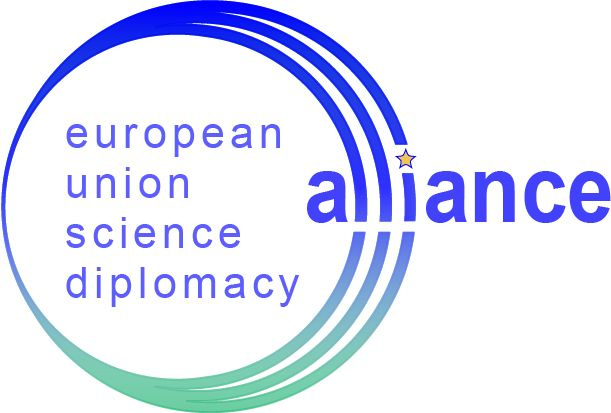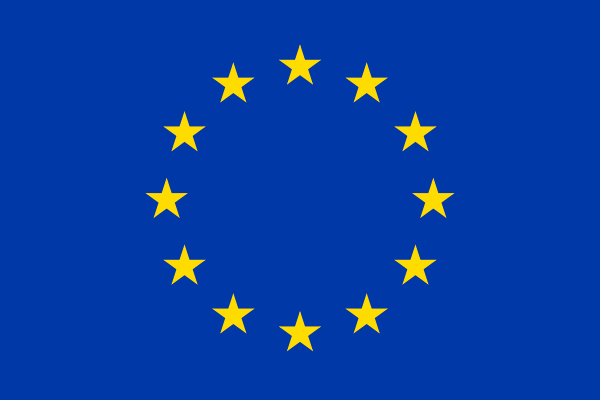Our dear colleagues and Alliance members from the Agence Universitaire de la Francophonie (AUF) Marielle Payaud and Olfa Zéribi recently published an interesting piece in “The Conversation”. Titled “Comprendre l’essor de la diplomatie scientifique” they inform about science diplomacy and
The Precarious Balance Between Research Openness and Security
The Precarious Balance Between Research Openness and Security Colglazier, E. William. “The Precarious Balance Between Research Openness and Security.” Issues in Science and Technology 39, no. 3 (Spring 2023): 87–91. https://doi.org/10.58875/PVVJ5251
Ministries of Foreign Affairs and the Challenge of Science Diplomacy – Ch. 10
‘Science diplomacy’ (SD) appeared at the beginning of the present millennium as a new vocabulary and concept to describe some of the contemporary interactions between science and technology (S&T) on one hand and foreign affairs on the other. SD finds
Science Diplomacy and Soviet-American Academic and Technical Exchanges
The 1958 Lacy-Zarubin agreement on cultural, educational and scientific exchanges marked decades of people-to-people exchanges between the United States and the Soviet Union. Despite the Cold War tensions and mutually propagated adversarial images, the exchanges had never been interrupted and
Science and Diplomacy around the Earth: From the Man and Biosphere Programme to the International Geosphere-Biosphere Programme
In this article we discuss two phases in the evolution of global environmental programs, namely the Man and Biosphere Programme and the International Geosphere-Biosphere Programme, with the aim of showing their hidden diplomatic ambitions from both US and Soviet perspectives.
The (Science Diplomacy) Origins of the Cold War
The US monopoly of information regarding nuclear weapons was one of the distinctive features of the early Cold War. It encouraged US officials to bolster their country’s hegemonic role in post-war affairs, something that scholars have previously referred to in
Friends in fission: US–Brazil relations and the global stresses of atomic energy, 1945–1955
This article considers a relatively unknown episode in the early Cold War that involved the US and Brazil, as well as a number of other countries. From 1950, the leading figure in Brazil’s nuclear effort, Admiral Álvaro Alberto, established amicable
A nuclear monument the size of a football field: The diplomatic construction of soil nuclearity in the Palomares accident (Spain, 1966)
On April 8, 1966, 4,808 barrels—208.2 L each—were buried at Savannah River nuclear cemetery in Aiken, South Carolina. They contained about 1,100 tons of radioactive contaminated soil and vegetation from Palomares, a village on the South Coast of Spain. Earlier that
The scientific object and material diplomacy: The shipment of radioisotopes from the United States to Japan in 1950
This paper asks how a scientific object functions in a diplomatic context by examining the distribution of radioisotopes by the United States to Japan in 1950. In particular, it aims to shed light on some material dimensions of the diplomatic
The seismograph as a diplomatic object: The Soviet–American exchange of instruments, 1958–1964
Scientists from both sides of the Iron Curtain met in Geneva in 1958 and 1959 to create the technical basis for monitoring a future nuclear test ban treaty. Despite their scientific veneer, these meetings were politically motivated and the scientists

